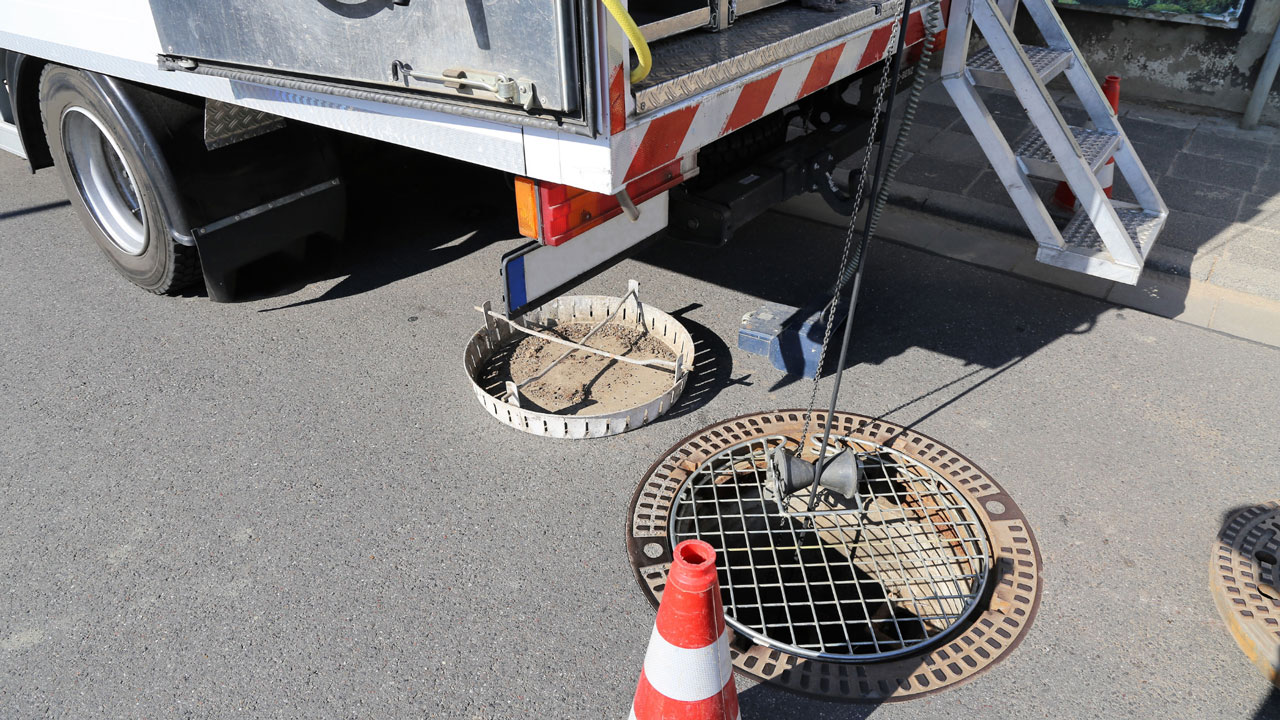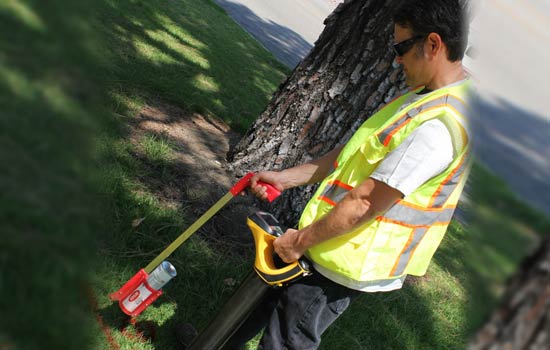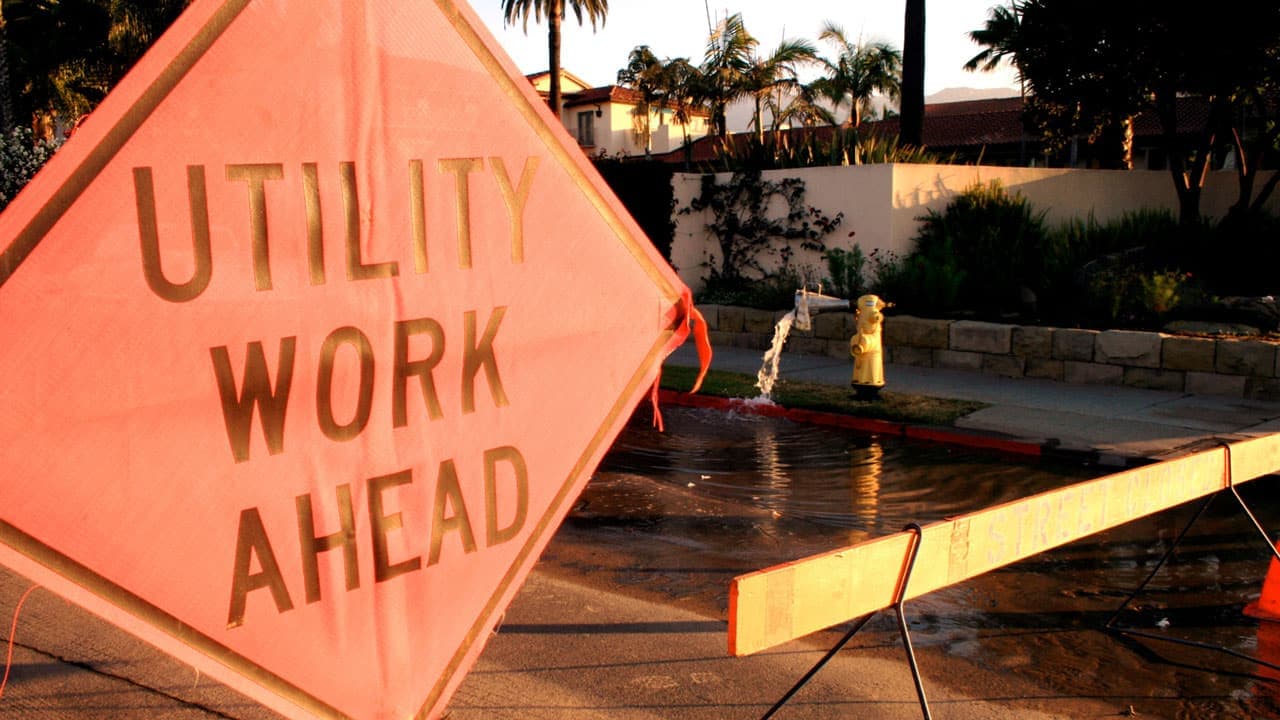Without the use of pipe inspection cameras, most sewer pipe damage cannot be determined how severe it is and where it is located. Globally, closed-circuit television (CCTV) has been used for a variety of purposes throughout history. The plumbing industry has benefited greatly from this breakthrough technology.
Domestic as well as commercial plumbing systems can be examined using CCTV-based pipe inspections to ensure maximum performance. In order to prevent leaks, cracks, blockages, corrosion, and other defects in pipes, surveyors must regularly inspect them.
Traditionally, sewer inspections have been time-consuming and inefficient. As a result, they may miss defects due to the use of manual processes on-site to check for defects.
What is the Function of CCTV Cameras For Sewer Inspections?
Surveyors usually use a robotic CCTV camera crawler transportation unit since they cannot inspect pipes above ground or physically access them underground. By inserting a CCTV camera crawler through a manhole, you can inspect and record sewer lines. Crawlers have CCTV cameras mounted on them that can rotate or change directions as necessary.
In addition to capturing high-quality images and videos, these devices come with user-friendly applications that promote safety and quality while enhancing productivity. Computer-controlled CCTV cameras transmit real-time information and images back to the operator along with the ability to store the information for later reference.
Innovative Technologies in Pipe Inspection
Generally, CCTV pipe inspections are more expensive because of the equipment, the site setup, and the back-end processing. In order to drive down the overall cost of CCTV/Pipe inspections, CCTV contractors and asset owners can utilize new technologies.
Sewer Camera Inspections with VR
Traditional surveying solutions could be replaced by VR. VR solutions let operators move crawlers forward and then capture VR video from any direction by simply instructing them to do so. A 360-degree video that has been captured on-site can then be reframed in editing software to simulate panning and tilting. In this way, operators can save time on location by working in an office setting.
Analytics Powered by Artificial Intelligence
There are multiple uses of artificial intelligence (AI) in pipe inspection, and it can be used in many different areas. The CCTV inspection package can be tailored based on statistical models that predict pipe degradation. Using artificial intelligence, the inspection workflow can be simplified both on-site and back-office, as manual processes can be eliminated.
Computer Vision Tools
With computer vision, it is possible to comprehend what is happening in a picture by using the pixels in the picture. Edge detection and noise filtering are some common computer vision applications. Images can also be measured using computer vision, and changes can be tracked over time using computer vision.
Online Tools and Cloud Streaming with 5G
It was often time-consuming to transmit a large amount of data between locations before 5G was introduced. With the expansion of 5G coverage and adoption, cloud streaming services are likely to become more prevalent in wastewater networks.
For CCTV Pipe Inspection and CCTV Sewer Inspection, Trust Only The Best
The CCTV sewer inspection and CCTV pipe inspection services offered by Util-Locate will solve your underground sewer problems.
Our team of experts at Util-Locate can identify buried materials in your excavation without guesswork. We’re here to help if you need us at Util-Locate! Feel free to call us at 888-885-6228.



